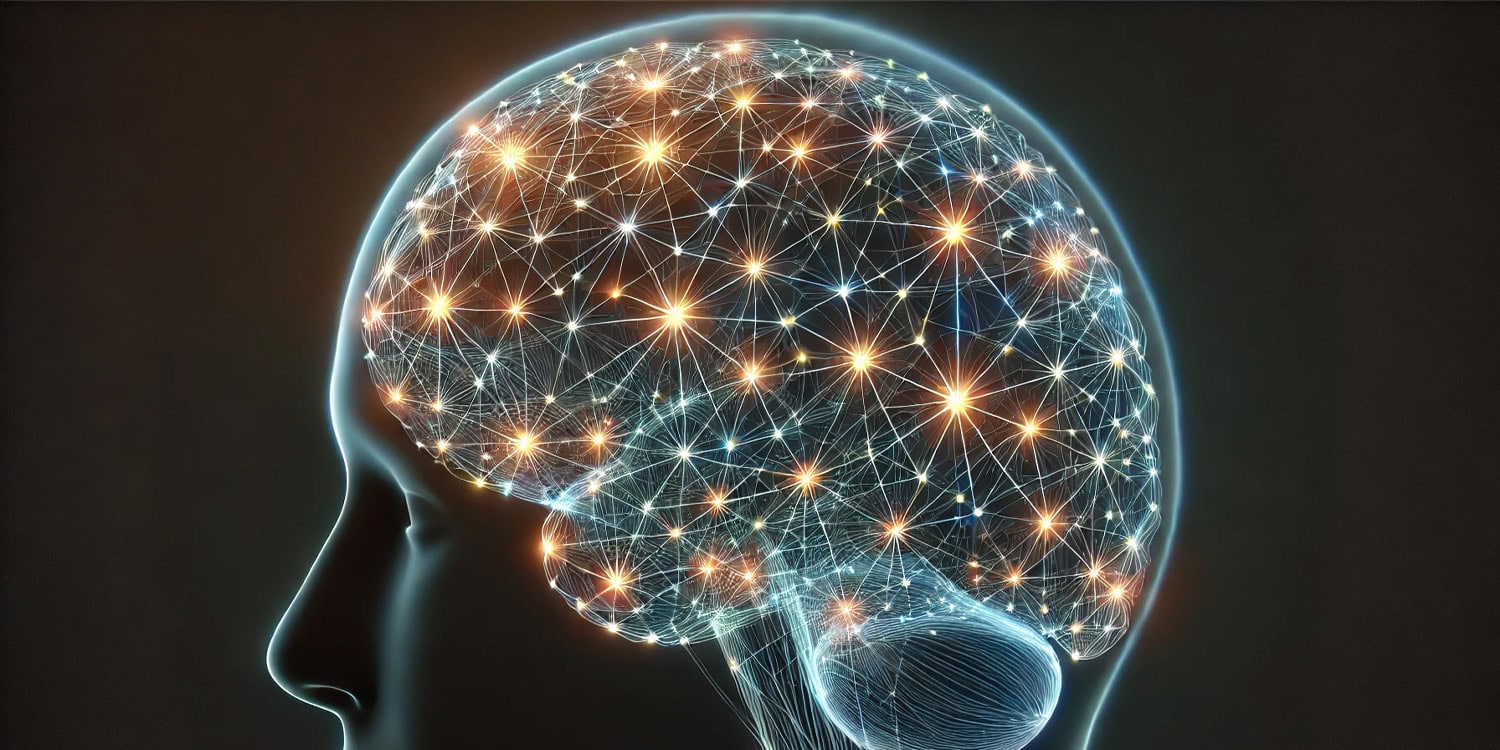A recent study published in the Journal of Affective Disorders sheds light on the brain network dysfunctions associated with behavioral addictions. This meta-analysis of previous research found that people with behavioral addictions show distinct patterns of brain connectivity. Specifically, these individuals exhibited both reduced and heightened connectivity in key brain networks involved in attention, emotional regulation, and reward processing. The study’s results help provide a clearer understanding of how behavioral addictions, such as gambling or internet addiction, may affect brain function and suggest new pathways for treatment.
Behavioral addictions, which involve compulsive engagement in activities like gambling, gaming, or shopping, are becoming an increasing concern in mental health. These addictions can lead to severe personal, social, and financial consequences. Unlike substance addictions, which involve chemical dependencies, behavioral addictions center on activities that initially provide psychological rewards but eventually cause harm when they become uncontrollable.
Previous research has shown that individuals with behavioral addictions exhibit abnormal activity in brain regions involved in attention, emotional regulation, and reward processing. However, these studies have produced varying results, largely due to differences in methods and study designs. To address these inconsistencies and form a clearer picture, the researchers conducted a meta-analysis—a statistical approach that synthesizes findings from multiple studies. By doing so, they aimed to identify common patterns of brain dysfunction in individuals with behavioral addictions.
The researchers performed a meta-analysis on 56 studies that used a technique called resting-state functional connectivity. This method measures the activity of different brain regions when a person is at rest, allowing scientists to understand how different brain areas communicate with each other. The meta-analysis included data from 1,755 people with behavioral addictions and 1,828 healthy individuals for comparison. The behaviors considered as addictions in this study included gambling, internet gaming, mobile phone dependence, and problematic social media use.
The research focused on six major brain networks:
Fronto-parietal network, involved in goal-directed behavior and top-down regulation of attention.
Ventral attention network, responsible for responding to unexpected events and processing emotionally salient stimuli.
Default mode network, which is active when a person is focused on internal thoughts, such as daydreaming or self-reflection.
Reward system, crucial for processing rewards and motivation.
Somatosensory network, involved in sensory processing and motor control.
Dorsal attention network, involved in externally focused attention.
By combining the results from the 56 studies, the researchers looked for common patterns of over- or under-connectivity in these networks in individuals with behavioral addictions, comparing them to healthy controls.
The meta-analysis revealed significant differences in brain connectivity between people with behavioral addictions and healthy individuals. These differences included both reduced (hypo-connectivity) and heightened (hyper-connectivity) communication between and within several key brain networks:
Fronto-parietal Network (FN): Individuals with behavioral addictions showed reduced connectivity within this network, which is important for maintaining attention and controlling impulses. This may indicate that people with behavioral addictions have a diminished ability to regulate their behavior and make decisions in a goal-directed manner.
Ventral Attention Network (VAN): There was a complex pattern of both reduced and heightened connectivity within the VAN. This network helps detect and respond to emotionally relevant or unexpected stimuli. Disrupted connectivity in this network could explain the emotional regulation difficulties and heightened cravings seen in individuals with behavioral addictions.
Default Mode Network (DMN): The study found increased connectivity between the DMN and other networks, such as the fronto-parietal network. The DMN is typically active when a person is thinking about themselves or reflecting on past events. Increased connectivity between this network and others could suggest that people with behavioral addictions have difficulty disengaging from self-focused or internally oriented thoughts, potentially leading to compulsive behaviors.
Reward System: The study also found reduced connectivity between the reward system and networks involved in motor control (SS) and emotional regulation (VAN). The reward system is key to processing pleasure and motivation, and its impaired connectivity could be related to the inability to control urges or cravings for the addictive behavior.
Somatosensory Network (SS): Reduced connectivity was observed between the SS and the fronto-parietal network, suggesting that individuals with behavioral addictions may have trouble controlling their physical responses to cravings or addictive behaviors. However, there was also increased connectivity between the VAN and SS, suggesting heightened sensitivity to emotionally charged or rewarding stimuli.
In summary, the study revealed a complex pattern of disrupted communication between large-scale brain networks in individuals with behavioral addictions. The findings suggest that behavioral addictions are characterized by both under- and over-connectivity in brain regions involved in attention, emotional regulation, reward processing, and motor control.
But as with all research, there are some limitations. First, the meta-analysis only included studies that used one specific method—resting-state functional connectivity. Other methods of measuring brain activity, such as regional homogeneity or graph theory, were not included, limiting the scope of the findings.
Additionally, the meta-analysis combined data from studies that focused on different types of behavioral addictions, such as gambling and internet gaming. While these behaviors share common features, research indicates that they also have distinct cognitive mechanisms. Future research could explore how different types of behavioral addictions affect brain function differently.
Nevertheless, by identifying both reduced and heightened connectivity in these networks, the study provides a clearer picture of the neural underpinnings of behavioral addictions. These findings could lead to new treatment approaches aimed at restoring balance in the brain’s communication networks. For instance, therapies that target specific brain regions, such as transcranial magnetic stimulation, may help improve the ability to regulate cravings and reduce compulsive behaviors.
Behavioral addictions are a growing public health concern, and understanding their neural basis is crucial for developing effective interventions. While this study marks a significant step forward, further research is needed to explore how these findings can be translated into real-world treatments for individuals struggling with behavioral addictions.
The study, “Large-scale network abnormality in behavioral addiction,” was authored by Pan Chen, Junjing Wang, Guixian Tang, Guanmao Chen, Shu Xiao, Zixuan Guo, Zhangzhang Qi, Jurong Wang, and Ying Wang.




